The game of darts is both easy to learn and quick to set up, which has made it an extremely popular game to offer in game caves around the world. Whether your dartboard is set up in your home game cave or in your business, you’re likely concerned about the damage darts can do to the walls and floor. Don’t worry though; we’ve got a wall and floor protection solution for every kind of dart set up!
Wondering how to protect the wall and floor from darts? Use shock-absorbing materials behind the board, protective coatings on walls, and rugs or another padding on the floor. Corkboard is a good option for the walls behind and around the dartboard, but you can try thick fabrics, plywood, padded felt, coiled rope, and a variety of other creative materials.
Depending on your décor and your style preferences, you can make dart protection for walls and floor stand out as part of the decoration or make it blend in and become nearly invisible. Below, we’ll cover the details on our favorite ways to protect your walls and floor from darts.
Table of Contents
Why Do I Need to Protect the Walls and Floors from Darts?
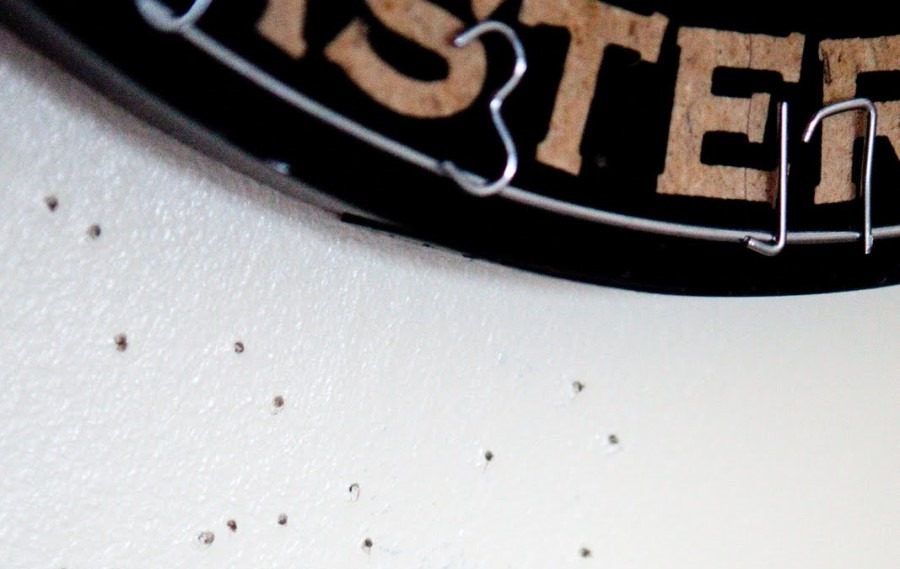
To fully understand how to protect the walls and floors from darts, you need to understand why you should in the first place. Darts come in many shapes, sizes, and weights. They are made from a variety of materials and sharpnesses, too. This leaves a lot of room for damage in various forms to the array of building materials used to build homes and businesses. That damage can quickly add up to hefty repair and replacement bills.
Avoid the extra cost of repairs or replacements by installing wall and floor protection at the same time, or shortly after, you install the dartboard and play space. You need to consider the type of darts you’ll be using and the existing materials used in the construction of your home or business.
For example, metal-tipped darts used in a room made with thin drywall and cheap paint will result in a disaster of shredded walls and disintegrating drywall in a short amount of time. Using plastic-tipped darts in a room with brick walls will result in damaged and useless darts, though.
This simply means that each dart setup will need to be considered on an individual basis. There is no one size fits all dart protection system. But don’t panic! It’s a lot easier than it may sound; we’re here to help!
But before we dive in, it’s important to note another factor to consider. The condition of the wall and floor before you put up the dartboard will dictate your protection options, too. A well-built, sturdy, clean, and smooth wall will be easier to protect than one that is already warped, damaged, or dirty.
Types of Damage from Darts
One of the most obvious types of damage from darts usually happens on the walls around the dartboard. When a player misses the board completely—which is very common with new players or those under the influence of alcohol—the walls can quickly become a porous, hole-infested mess. Even plastic-tipped darts can stick into a wall made of soft or thin drywall.
Another type of dart damage is impact indentations. While not as obviously destructive as actual holes from the tips of darts piercing the wall, impact indentations have a cumulative effect that can be just as devastating. The indentations can become so severe that the structural integrity of the wall behind and around the dartboard can become compromised.
Scratches, nicks, and marks can mar the surface of your walls, making them unattractive and lower the value of your game room or business. It just looks bad when you walk into a game cave to see the wall messed up and scarred from dart games.
Did you know that the dartboard can actually damage your wall, even if you never miss? Just like the impact damage from darts mentioned above, the dartboard can be just as likely to cause issues. The impact from darts hitting the board over and over can cause the board’s edges to dig into a bare wall. It can cause indentations, weakening, and scratches or gouges.
The floor has its own set of problems when it comes to dart damage. Floors are notoriously difficult to replace, so protection in this area should be a top priority. A very poorly thrown dart can pierce the floor—enough of these holes can cause irreparable damage and may encourage pests, collection of dirt and grime, and even speed up the deterioration of the entire section of floor.
There’s also the issue of bounce back from a failed throw. This floor damage usually comes in the form of scrapes, chips, snags in carpet, or marks on hard floors.
Then there is the noise. While not damaging to anything structurally or aesthetically, the noise of a dartboard can really tick off the neighbors. By placing proper padding behind the board itself and on the surrounding walls, you’ll be preventing physical damage and reducing noise pollution for the neighbors at the same time.
How Do I Protect My Walls from Darts?
Now that you’re better versed in the types of damage that darts can cause to a home or business, it’s time to learn fun and practical ways to prevent that damage in the first place. Thankfully, many of the ways we’ll cover in this article are cheap or maybe even free if you can find the materials in your garage or neighborhood.
Who says your game cave has to cost a fortune? We like budget options, too!
Basic Dartboard Backgrounds
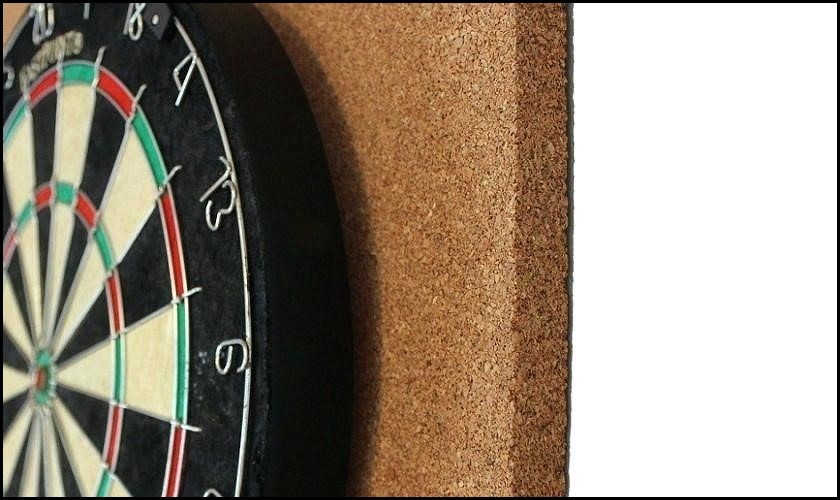
The most basic way to protect your walls from dart damage is to build or purchase a very basic dartboard background, also called a surround or backer. These are typically made from lightweight wood frames with corkboard centers, but some are simple sheets of the backer material with no frame at all. Some are made of foam, felt, or other fabrics, but they all work the same way. They simply hang on the wall, then the dartboard is mounted to the background itself, or through the background into the wall.
Some basic dartboard backgrounds are thicker than others. Be conscientious of the type of darts you’ll be using and what the wall is made of when choosing or building a dartboard background to protect your wall. A thinner background might be fine for a brick wall and plastic darts, but it will do little to protect a wooden plank wall from metal-tipped darts.
Basic dartboard backgrounds are typically more suited to protect a tougher, harder wall from plastic darts. With extra padding behind the thin background, you might be able to use metal-tipped darts. Just be prepared to increase the padding or switch to a bigger, thicker background if your wall is suffering.
If you’re looking for a cheap, durable, and functional basic dartboard backer without a lot of flash or visual appeal, this is a great starter option.

If You Are interested, Read Our Article About
Best Dartboards: Our Top Picks
Dartboard Cabinets
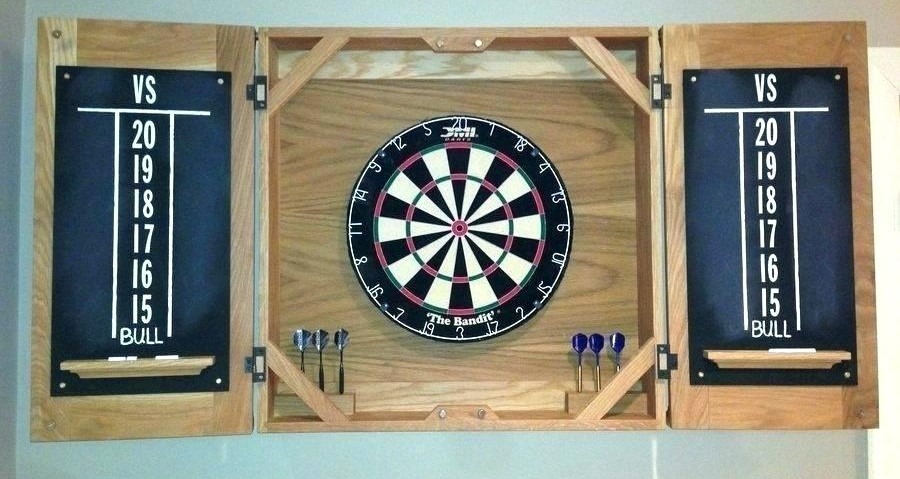
If you’re looking for a classier look for your game cave dartboard, consider buying or building a dartboard cabinet. These slick cupboards bring an elegant and refined visual treat to a variety of décors.
A dartboard cabinet is usually complete with a padded and protective surround, storage, and dust-block to keep everything nice and tidy. They mount to the wall securely and keep everything in its place without a lot of hassle or fuss.
An all-in-one dartboard cabinet will have slots to hang your darts, storage for extra flights and tips, and keep the whole setup clean and secure while not in use.
You can find a variety of dartboard cabinets in a vast array of colors, sizes, and price points.
Check Out these Top Selling Items on Amazon:
Advanced Dartboard Backers
There are some nicer dartboard backers on the market these days. They combine functionality with aesthetics in mind. The nicer dartboard backgrounds don’t need to be expensive either. This one from Trademark Games is affordable but looks pretty slick, too.
The advanced or fancier dartboard surrounds come in a range of colors, styles, shapes, and sizes. They all serve the same basic functions, so the only real difference here is the quality of the materials and the design appearance. They generally come with a frame of some sort—wood, plastic, or metal—and a shock-absorbing center. They also often come covered in a piece of fabric, foam, or rubber to help stabilize, absorb, and protect.
This backboard from Viper Defender also comes with a nice bristle dartboard, if you’re looking for a complete set.
It’s a good choice to get you started right from day one.
It takes the guesswork out of buying a board and backer separately, and it’s from a trusted name in dart gaming.
Rope Dartboard Backgrounds
We’re particularly fond of using rope as a dartboard background because it is cheap, easy to find, and simple to install. It also provides a thick and durable place for darts to stick to, no matter what they’re made of. They also look really cool and add an interesting touch to your game cave.
You can coil the rope behind the dartboard or arrange it in any shape you like. It’s versatile and cheap. Often, you can find discarded rope locally from neighbors, thrift shops, junkyards, or construction companies. You can also buy fresh, clean rope to get a brighter, more polished appearance.
One great aspect of a coiled rope background is that they can last indefinitely if you take care of them. Since the rope is made of lots of small fibers, there are never really any holes being made. Instead of turning into Swiss cheese with permanent holes, the rope fibers simple move out of the way and then hug the dart until you pull it out. When you remove the dart, the fibers either go back into place or they move back into place when the next dart hits.
Rope provides superior shock absorption. And finally, it’s a great way to dampen the noise from dart strikes.
Rope backers can be used with any kind of dart on any kind of wall. They work well in a huge variety of homes and businesses. The only real challenge is creating a design you like and making it stick to the wall. Otherwise, these flexible, versatile dart protection options are pretty simple.
Reclaimed Wood Plank Dartboard Backers
For the do-it-yourself dart enthusiasts in our readership, there are so many options it may send you into a tizzy of delight just thinking about it. One of our favorite DIY dartboard backers come from the simple and humble pallet.
By collecting and reusing the boards from discarded wooden pallets, you’re helping the environment and creating a really cool background for your dartboard. Old pallets offer a new and interesting look to dartboard backers while providing exceptional wall protection.
These don’t absorb sound quite as well as the fabric or rope backers, but that has an easy fix. Placing a sheet of felt, foam, or other fabric behind the wood pallet backer will add the needed sound muffling while adding some extra shock absorption, too.
If you’d rather not use discarded wood pallet, but you still like the look, you can purchase new or gently used pallets to start with.
Reclaimed Door or Wall Panel Surround
Another DIY dartboard solution is the reclaimed door or wall panel backer. If you have recently remodeled your home, you may have some extra wall panels, doors, or other construction waste laying around. Don’t toss it; use it!
Reclaimed construction materials can add a unique, rustic, or industrial look to your game cave. You can leave these materials as-is, or you can repaint them, sand them, or otherwise polish their appearances to match your game room.
These are a cheap alternative to brand new dartboard backers, but they do require some extra work. You also must be aware of the source of the reclaimed materials. Don’t use anything with lead paint or that has been contaminated with asbestos or other harmful things. If you’re unsure of the origin of the materials, skip it. It’s not worth your health to save a few bucks.
How Do I Protect the Floor from Darts?
Thankfully, protecting your floor from dart damage is pretty simple. You can use a variety of premade solutions such as standard rugs and runners. Or you can use mats made for this specific purpose. It really depends on your budget and décor.
You can find cheap rugs and runners locally either brand new or at rummage sales. You can also buy cast-offs or scraps from carpet stores, if you don’t mind a little straggly appearance.
There are also pre-made mats to consider. These are usually made of rubber or thick foam. Some have markings on them, others are just plain.
This is a pretty good option that can be rolled up when not in use. It’s even got the throw lines for soft-tip and steel-tip darts already on it.
Conclusion
Honestly, there are so many options for wall and floor protection from darts that you are sure to find a solution that will fit your budget and style. If you have the time, money, and patience, you can even try out lots of different solutions to find the perfect match. If you’re not terribly picky though, you can protect your home or business with little to no money spent and very little effort on your part by selecting one of the basic options instead. You can always upgrade later!
Image Credit: dartsharp.com / tastebuds.fm / haytararutyun.info
Last modified:

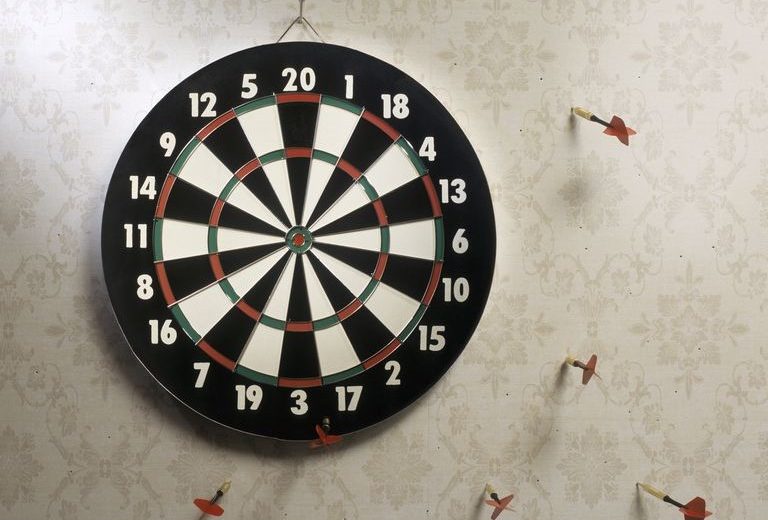




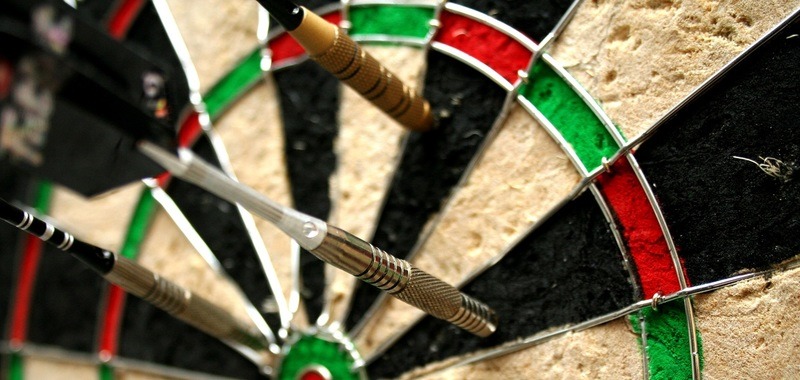
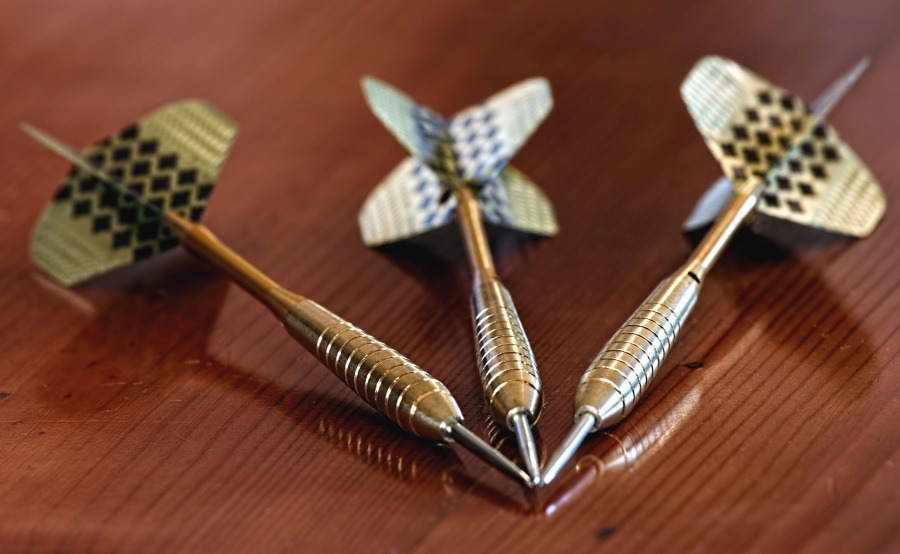
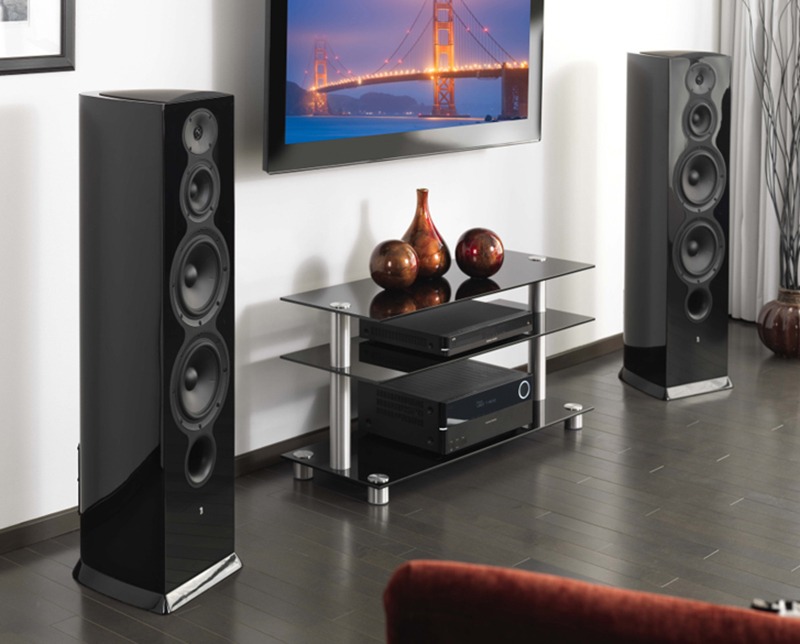

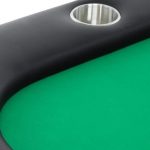
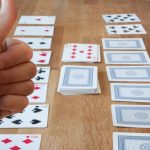






Like!! Thank you for publishing this awesome article.
Looks great but I dont have any idea how i can make this?? Im not a handy person like that. Maybe get my friend to help. thanks
I play steel tip darts and recently put my cabinet in a room with nice hardwood floors. I have done testing by dropping a dart From about 5 feet on multiple materials and checking penetration. Carpet and rugs do not protect the floor as the steel tip easily pierces the woven fabric. I tested dense vinyl flooring, also failed. Dense foam unless quite thick also does not work. I meed something to underlay a rug. Dart mats would work but are too narrow as bounce outs will sometimes miss on the side of the mat. Two mats side by side might be ok except for the occasional dart that hits exactly on the middle seam. My final solution for under the rug (for now) is 1/8” hardboard. It is 4 foot wide (may still not be enough) but I will try as it does stop the dart from marking the floor. Ideally a rollable dense rubber mat (like dart May material) that is 56-72” wide and at least 96” long would ensure no holes in the floor. Hard to find such a product.